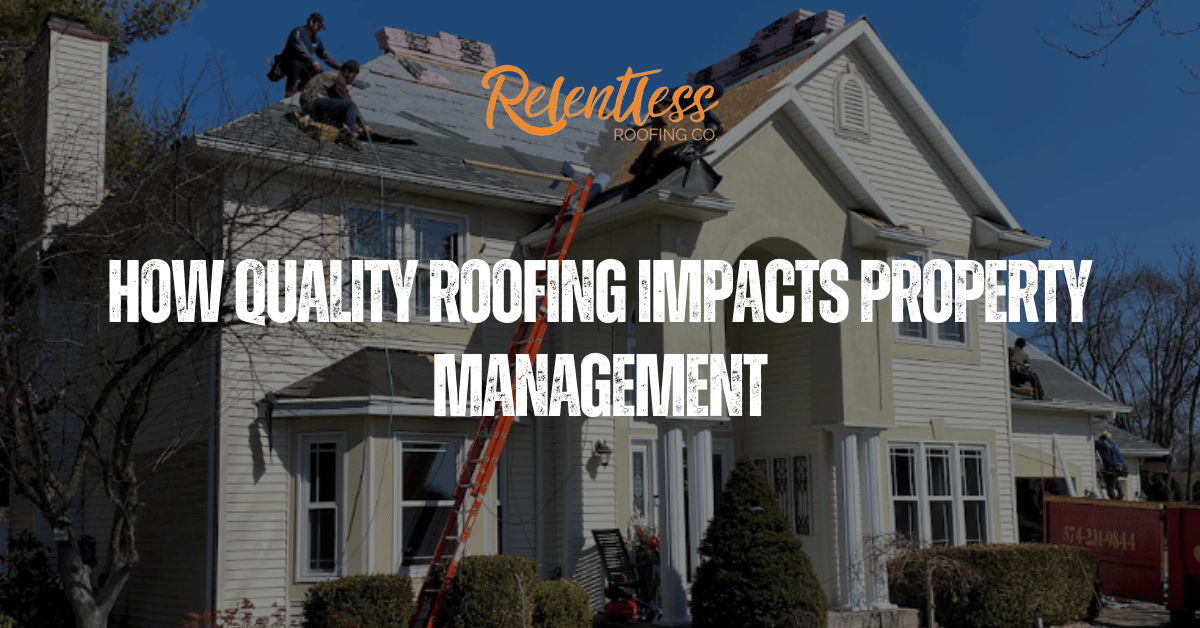Determining when your roof was last replaced is crucial for understanding its current condition and planning for maintenance or replacement. Whether you’ve recently purchased a home or simply lost track of the timeline, this guide will help you uncover the history of your roof.
1. Check Home Improvement Records
Start by reviewing any home improvement or renovation records you have. Contractors often provide invoices or documentation that can indicate the date of the roof replacement.
2. Ask Previous Owners or Builders
If you’ve purchased your home recently, contact the previous owners or builders. They may have detailed information about when the roof was installed or replaced.
3. Inspect the Roof’s Appearance
The condition of the shingles can give clues about the roof’s age. Look for curling, cracking, or missing shingles—these signs may suggest the roof is nearing the end of its lifespan.
4. Contact the Roofing Company
If you know the contractor who installed the roof, reach out to them. Reputable roofing companies maintain records of their projects and can provide you with an accurate timeline.
5. Check Permits with Local Authorities
Roof replacements often require permits. Check with your local municipality or building department to see if there’s a record of the project.
6. Review Home Inspection Reports
If your home has undergone a professional inspection, the report may include details about the roof’s age and condition at the time of inspection.
7. Consult a Roofing Professional
If you’re unsure about the roof’s age, a roofing expert can assess its condition and estimate when it was likely replaced based on wear and materials.
By piecing together this information, you’ll have a better understanding of your roof’s history and can make informed decisions about future repairs or replacement.


